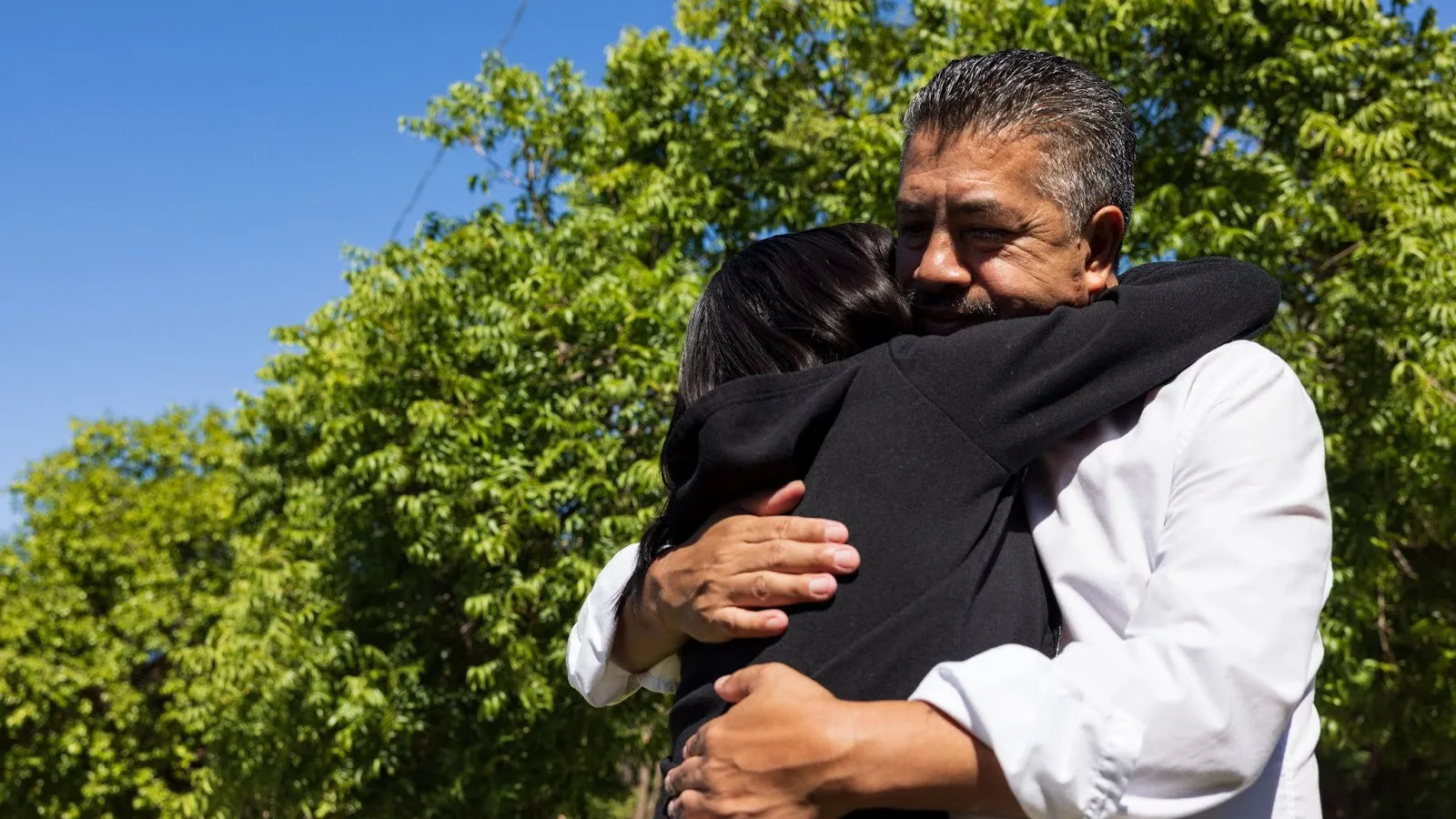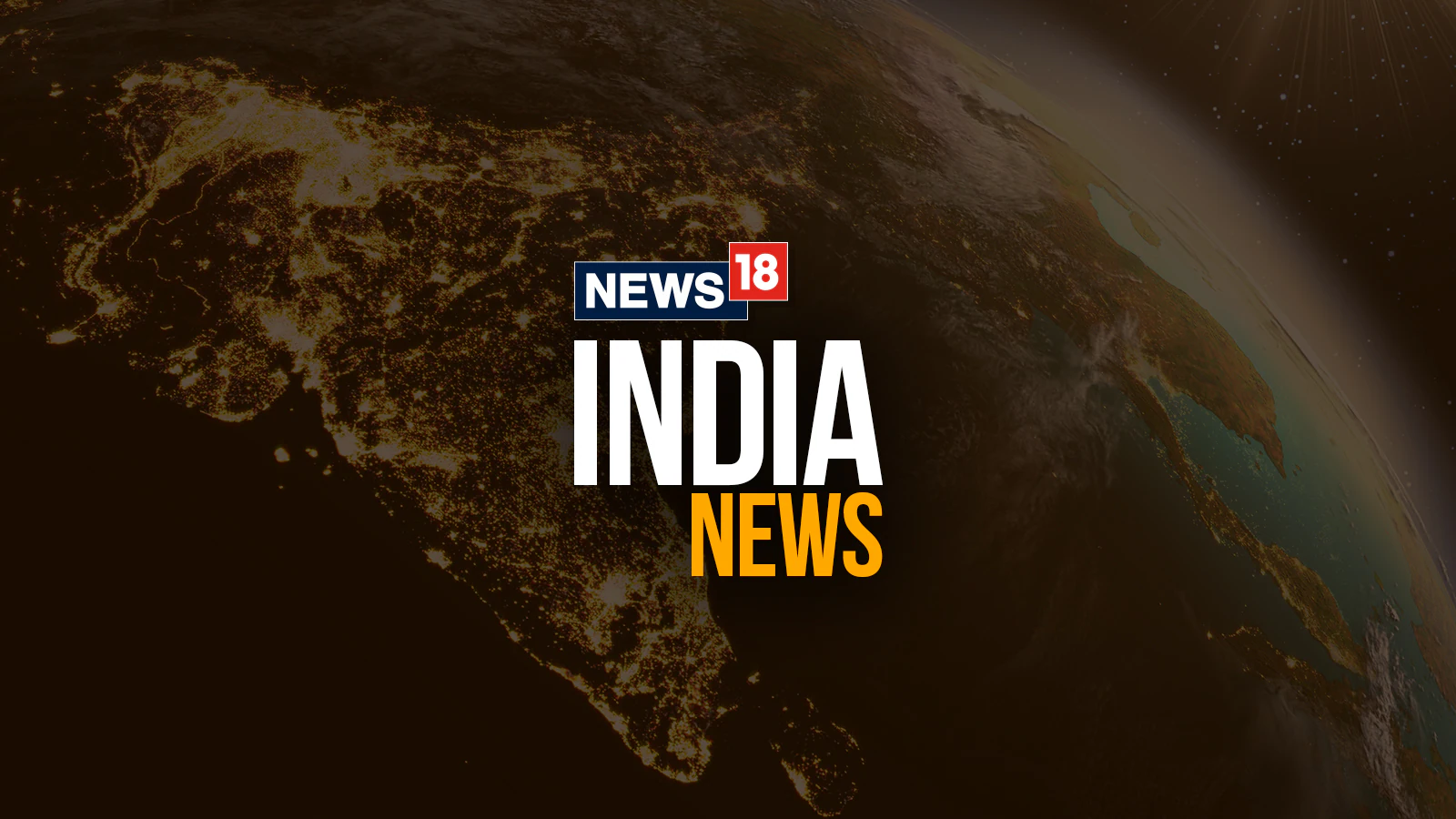Copyright brecorder

Dust, mounds of filth lying scattered in streets and bazaars, overflowing and stinking drains mark the heavily encroached streets of cities and towns in the interior of Sindh. Despair and frustration, coupled with crumbling infrastructure, dominate our landscape everywhere. Roads riddled with potholes and clogged with stagnant pools of water from choked gutters are a common sight. The rains erase these roads altogether, transforming our cities and towns into flowing rivers. The water remains accumulated for days and even weeks until it either evaporates naturally or citizens wait impatiently for photo sessions glorifying powerful elites taking credit for draining it. For years, we have resigned ourselves to this pathetic state of affairs, convinced that it is our fate to languish and suffer in silence. But unfortunately, Karachi—the much-trumpeted “City of Lights”—doesn’t provide a contrasting picture of progress as far as its roads are concerned. Being Pakistan’s largest metropolis and economic hub, Karachi contributes enormously to the national economy. Its bustling markets, industrial zones, and vibrant population symbolize resilience and ambition. Its roads ought to be smooth pathways, shining like a mirror adorned with greenery, monumental structures, murals, and modern urban designs befitting a great metropolis. The city has the youthful, energetic, and dynamic leadership of Mayor Murtaza Wahab, who should endeavour to keep Karachi worthy of its name and stature—clean, vibrant, and alive, as he himself remains with his youthful demeanour. Yet every time I visit this great metropolis, I find it far worse than the clean and green city it once was in the 1980s and 1990s. What I encounter now is a city in decay—grappling with neglect, mismanagement, and apathy. The roads are broken, uneven, and unsafe, reminiscent of the interior towns of Sindh. Travelling across Karachi has become a test of endurance. Accidents, traffic jams, and pedestrian hardships have become a recurring phenomenon. Deep potholes, missing patches, and pools of stagnant water make journeys hazardous not only for vehicles but also for the health of commuters who endure constant jolts and dust. The situation in Gulshan-e-Iqbal, University Road and Gulistan-e-Jauhar is especially deplorable—roads are cracked and submerged, footpaths heavily encroached and littered with garbage, plastic, and polythene bags. Gulshan-e-Iqbal bears no resemblance to its name; it looks more like a wasteland of neglect. City footpaths meant for pedestrians have been usurped by makeshift hotels and vendors, leaving no safe passage. This is not merely poor urban maintenance; it is a failure of planning, governance, and civic responsibility. Karachi’s infrastructure today paints a grim portrait of apathy. Roads are not just pathways—they are the lifelines of a city, mirrors of its governance, and reflections of its respect for taxpayers. To meet Karachi’s daunting challenges, the city needs decisive and visionary leadership. Mayor Murtaza Wahab must rise to this moment. As a young and ambitious leader, he has the historic opportunity to restore Karachi’s lost glory and set an example for modern urban development in Pakistan. For the fiscal year 2025–26, the Karachi Metropolitan Corporation (KMC) has an overall budget of Rs 55.28 billion, out of which Rs 7.43 billion has been earmarked for the World Bank–funded CLICK Programme (Competitive and Livable City of Karachi). Additionally, Rs 9 billion has been allocated under the District ADP schemes. These are substantial funds—ample enough to change the very face of Karachi if utilized efficiently and transparently. Major infrastructure projects like K-IV, S-III, and the BRT corridors, which are long awaiting completion, call for the removal of bureaucratic snags and immediate action for their expeditious completion to relieve citizens of prolonged frustration and fatigue. Karachi’s revival depends not on new announcements, but on the honest and effective execution of existing commitments. The road to revival must begin with immediate repair of potholes, resurfacing of damaged roads, and establishment of an efficient drainage system to prevent waterlogging. Footpaths and public spaces must be reclaimed from illegal encroachments to ensure pedestrian safety. To restore Karachi’s beauty and identity, elegant monumental structures and vibrant murals should be introduced at major intersections. Overhead bridges that are often cluttered with beggars and filth must be cleaned, painted, and decorated with greenery to breathe life into the cityscape. Karachi, a sprawling metropolis of nearly 25 million people, is fast transforming into a concrete jungle. The unchecked construction of skyscrapers along with reckless urban expansion has stripped the city of its greenery, rendering it one of the least green megacities in the world. The city that once bloomed with trees and flowering belts now gasps under suffocating layers of cement and steel. It desperately needs revival through a citywide greening campaign. The Karachi Metropolitan Corporation must therefore, establish a Beautification and Green Karachi Unit—a well-funded, dynamic initiative to restore the city’s ecological balance. This body should undertake extensive tree plantation, develop green belts, and reclaim every possible patch of land for flora. Karachi deserves to breathe again—with shade, fragrance, and life. Equally vital is a robust and efficient system for garbage clearance and waste management. The city cannot thrive amid filth. Deploying mobile magistrates to impose fines on violators of public hygiene and encroachment laws will help instil civic discipline and accountability. While addressing these immediate concerns, Mayor Wahab must also adopt a long-term vision inspired by global megacities such as Singapore, Tokyo, and New York—cities that overcame chaos through meticulous planning, strict enforcement, and innovation. Karachi can emulate their success by improving transportation networks, housing, and public services through transparency and merit-based execution. Every penny of taxpayers’ money spent on Karachi’s development must be visible and accountable. Karachi’s transformation is not just a local concern; it is a national imperative. As Pakistan’s economic backbone, its health determines the nation’s progress. Neglecting it risks economic stagnation and social unrest. The time to act is now. With vision, transparency, and commitment, Mayor Wahab can lead Karachi back to its rightful place as the “City of Lights”—a symbol of resilience, dignity, and hope. Karachi deserves better—and so do its proud, taxpaying citizens. The city that fuels the nation’s economy must not be left to crumble under neglect. The journey toward a revitalized Karachi begins today—with determination, accountability, and unwavering leadership. Copyright Business Recorder, 2025



